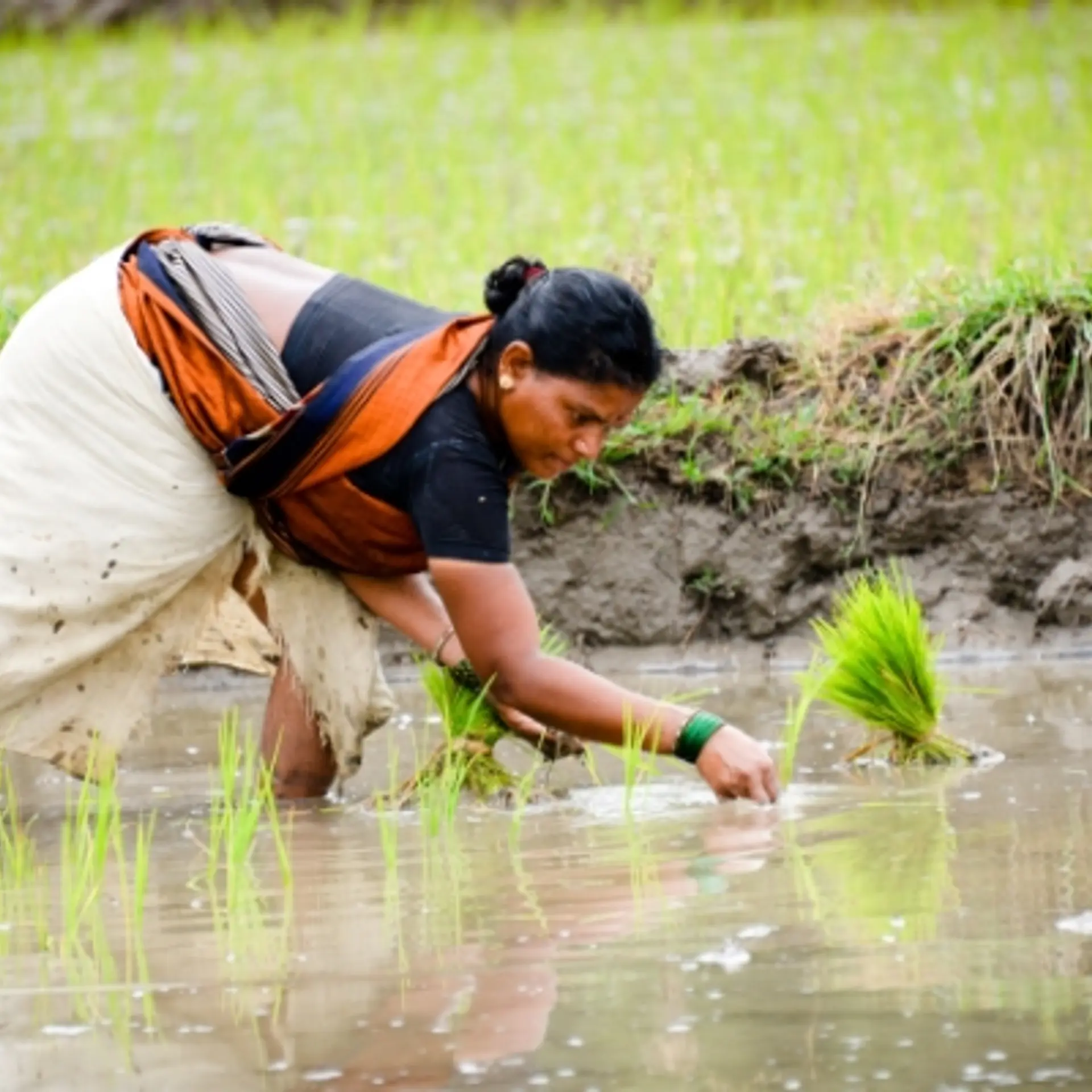Financial inclusion: Banking the unbanked. A relook

We recently wrote a post on YourStory on how financial inclusion poses a very real business opportunity for startups. In this post, we delve a little further into the social aspects of financial inclusion and the burning need for empowering India’s underserved sections.
Dr. K.C. Chakrabarty, Deputy Governor, Reserve Bank of India, has defined Financial Inclusion in these words, “…the process of ensuring access to appropriate financial products and services needed by all sections of the society in general and vulnerable groups such as weaker sections and low income groups in particular at an affordable cost in a fair and transparent manner by mainstream institutional players.”
In an emerging economy like India, financial inclusion becomes a question of both access to financial products and also the knowledge about their fairness and transparency. Many people who fall in the unbanked category are not adequately informed about the nature of the financial services that might be available to them. Having proper delivery systems and information sharing mechanisms are important for promoting financial inclusion, but at the same time we can’t afford to ignore the demand side factors. Many regions, segments of the population and sub-sectors of the economy have a limited or weak demand for financial services. Their level of inclusion can only be enhanced once issues related to demand side have been addressed.
Government initiatives – heart in the right place but are the effective?
The Government of India’s agenda of inclusive growth is reflected in the kind of policies and regulations that the policy making and regulating institutions, like RBI, IRDA, PFRDA etc. have been developing over the past decade. There has been in multifold increase in the number of back branches, especially in rural areas; the branch network was around 8,000 in 1969 and now it is more than 89,000, spread across the length and breadth of the country.
The KYC norms for bank accounts with smaller sums of money have already been relaxed. In rural areas, new account holders can be introduced by local citizens. Public Sector banks are providing poor and marginalized sections of the population with a choice of a ‘no frills account’ where the minimum balance is nil or very small, but with restrictions on number of withdrawals etc., to facilitate easy access to bank accounts. Aadhaar can also be very useful for financial inclusion, as it provides all the citizens of the country a rather foolproof way of proving their identity in an easy and seamless manner.
However, these initiatives for strengthening financial inclusion are yet to have a substantial impact on the lives of the excluded population. Over half the Indian population is unbanked. Only about 55% of the population in the country has a deposit account and around 9% has credit accounts with banks. According to data from Reserve Bank of India (RBI), India is the home to largest number of unbanked families (more than 145 million). There is only one bank branch per 14,000 people. The total number of villages in the country is estimated to be more than around 6 Lakh, but the number of scheduled commercial banks (SCBs) and Regional Rural Banks (RRBs) stand at only 33,495.
Financial inclusion for small businesses – a possible solution
In all the hype about welfare initiatives for the bottom of the pyramid population, an important segment that often gets missed out is the small businessmen. According to the MSME ministry, there are around 26 million small enterprises in India, and only 5% of them have access to capital. Moreover, 94% of these are not even registered and have minimal records, making it even more difficult to establish income and expenditure tracking, required by the formal sector.
According to Tom Hyland, Co-Founder & Partner, Aspada Investment Advisors (an early stage risk capital fund for innovative businesses targeted at underserved communities), “The market for small business finance in India is significantly underserved by the formal sector, as often the only real source of capital is from an informal moneylender. Local banks often insist upon a significant security or/and collateral cover in addition to formal lending being a cumbersome, relationship driven process.” According to Tom, there is a dire need for lending models that provide much-needed working and growth capital to small businesses that would otherwise face difficulties in accessing funds and for which few alternatives exist beyond informal sources.
The effectiveness of this solution is that players working on financial inclusion will find it more lucrative, while masses will benefit from the trickle-down effect. Tom substantiates that, “Small merchants are the backbone of the Indian consumer economy, and improving access to credit for them is critical in order to sustain and improve the livelihoods of people (most of whom belong to the low income segment) that are employed in this sector, especially if credit tightens due to an economic slowdown in India.”
Some interesting work but lots remaining
Last year, YourStory covered the story of Kinara Capital, a young, nonbanking finance company (NBFC) that lends to micro and small businesses led by Hardika Shah. Kinara focuses on lending to those that are too big for microfinance but too small for commercial loans and reduces lending risk by acquiring reliable borrowers by plugging into existing supply chains, such as that of retail chain, Mother Earth. In the next five years, Kinara hopes to expand their portfolio to 20,000 loans, to create 100,000 new jobs, and to impact one million lives.
Another interesting player is Vistaar Finance, that targets the missing middle segment, consisting of customers with an annual income of Rs 120,000-1,000,000, which is not effectively served by the formal financial system. Vistaar has 2 primary lending products – Small Business Mortgage Loan of upto INR 20 Lakhs for upto 7 years and Small Business Hypothecation Loan of upto INR 60,000 for upto 2.5 years. They have a unique credit methodology wherein templates of cash-flow assessment are created by studying an overall sector, thereby by-passing the need for such statements for each borrower within that sector. These are then validated for individual borrowers by studying income, ability, intention, business sustainability & credit behaviour through non-traditional income documents & reference checks.
Learn more about the nuances of inclusive growth and find out the best ways to expand financial inclusion in India at FIPS 2013 – a global conference on Financial Inclusion & Payment Systems. FIPS is being organised at Eros, Hilton Hotel, New Delhi on 24-25 October. Connect with FIPS 2013, http://fips.eletsonline.com/2013/







